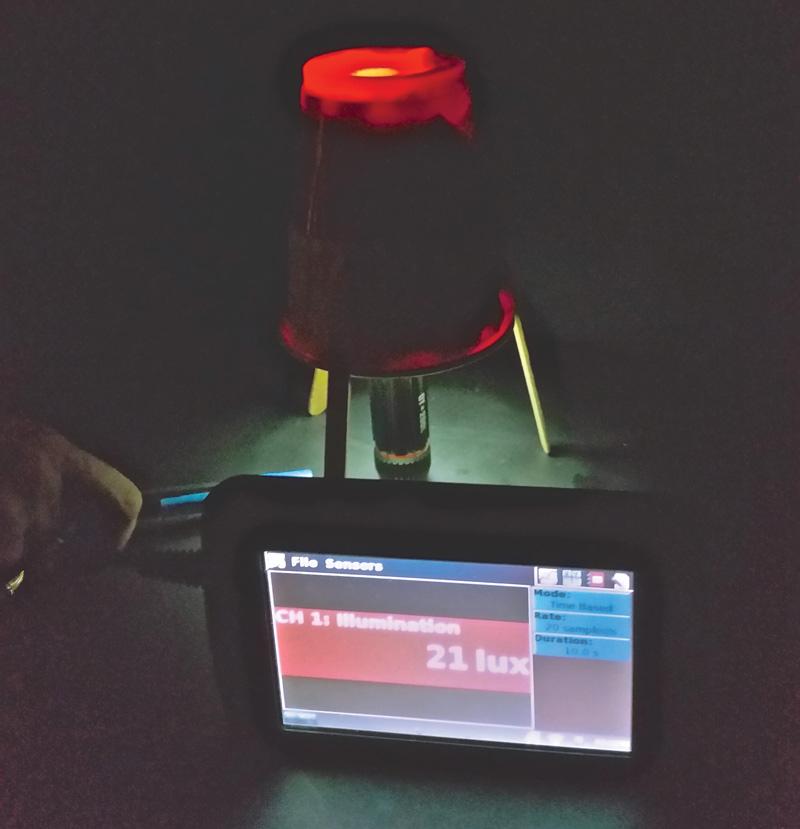An Environmental Engineering Challenge
We’ve all heard about light pollution and have seen images of the Earth at night. City streetlights are part of the problem, but they are also important for safety on our streets. Can anything be done to strike a balance? Christine O’Neill and Donna Mack, teachers at Lied Middle School in Las Vegas, NV, challenged their students to do just that. In small groups, students designed covers for streetlights to minimize light pollution, while maximizing illumination on the street below. They were also challenged to make their covers low cost, attractive, and innovative in their design and construction.
Students first investigated the reflectivity of various materials, such as colored paper and aluminum foil, using LabQuest 2 and a Light Sensor. Based on these data and their knowledge of light pollution, the groups designed covers for their streetlights, represented by flashlights. Paper and plastic cups, tape, yarn, foil, colored paper, Popsicle® sticks, plastic lids, cupcake wrappers, and straws were used to construct their designs.

Once the first prototypes were completed, the students used LabQuest 2 and a Light Sensor to assess the effectiveness of their design. To allow direct comparisons between student groups, all measurements were taken at 15 cm above the light, at light level, and at ground level. The iterative process of redesign and retesting allowed students to fully engage in engineering practices to refine their products.
On the final day, each group presented their cover to the class. Their classmates evaluated each design based on the criteria stated above.
The combination of physical science concepts and engineering practices makes this design challenge an outstanding learning experience. While originally developed for middle school students, the challenge could easily be tailored to students of any age.
